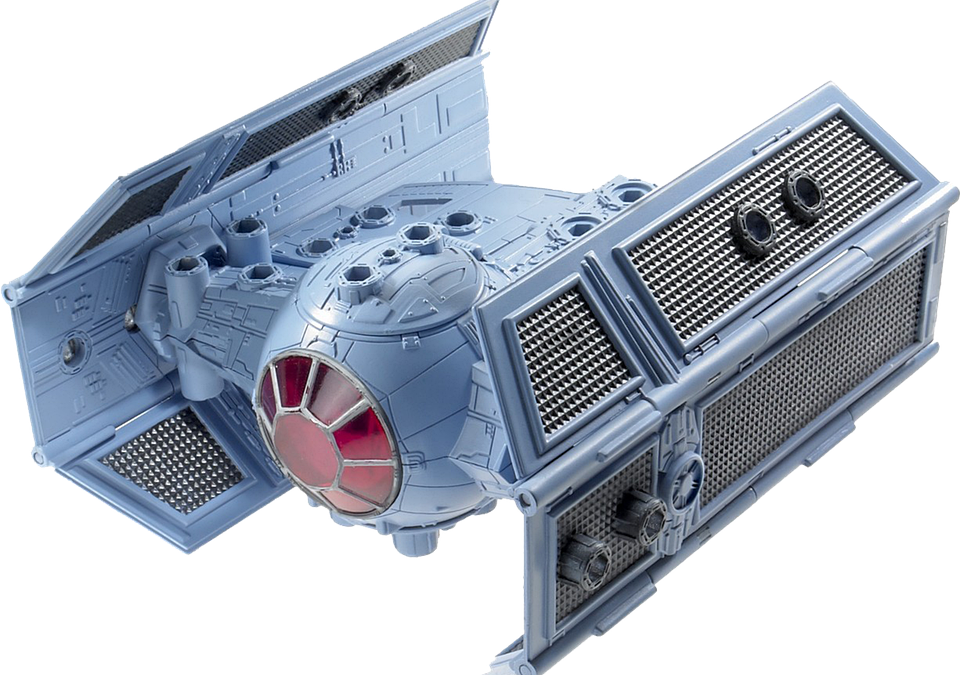The concept of a sandbox Metaverse has intrigued and fascinated people for years. It represents a digital universe where anything is possible and the only limit is one’s imagination. It is a realm of infinite possibilities, where individuals can explore, create, and interact in ways that were previously unimaginable. The potential of this sandbox Metaverse is boundless, and its impact on various aspects of our lives is yet to be fully realized.
At its core, the sandbox Metaverse is a Virtual reality environment that allows users to create and manipulate their own worlds. It is a place where individuals can build and shape their own reality, whether it is a replica of their favorite city or an entirely new and fantastical realm. The Metaverse provides a blank canvas, and it is up to the users to decide what to create and how to interact with it.
One of the most exciting aspects of the sandbox Metaverse is its potential for education. Traditional education methods often rely on textbooks and lectures, which can be limiting in terms of engagement and interactivity. The sandbox Metaverse, on the other hand, offers a hands-on and immersive learning experience. Imagine studying ancient civilizations by actually walking through their cities, or learning about science by conducting virtual experiments. The possibilities for education in the sandbox Metaverse are truly limitless, and it has the potential to revolutionize the way we teach and learn.
In addition to education, the sandbox Metaverse also has the power to transform entertainment and gaming. Traditional video games often have set rules and limitations, but in the sandbox Metaverse, players can create their own rules and game mechanics. This opens up a whole new world of gaming possibilities, where players can design their own quests, challenges, and experiences. It also allows for unprecedented collaboration, where individuals can join forces and create their own multiplayer games or virtual worlds. The sandbox Metaverse is not just a game, but a platform for game creation, blurring the lines between player and developer.
Beyond education and gaming, the sandbox Metaverse has implications for various industries such as architecture, design, and art. Architects can use this digital realm to prototype and visualize their designs, giving clients a more immersive and realistic experience. Designers can create virtual showrooms or galleries to showcase their work, reaching a global audience without the need for physical spaces. Artists can experiment with new mediums and techniques, pushing the boundaries of traditional art forms.
However, the potential of the sandbox Metaverse also comes with challenges. Privacy and security concerns need to be addressed, as users are creating and sharing personal data within this digital universe. The Metaverse also raises questions about ownership and intellectual property, as individuals create and sell virtual goods and experiences. These challenges must be navigated carefully to ensure a safe and fair environment for all users.
As technology continues to evolve, the sandbox Metaverse is poised to become a reality. With advancements in Virtual reality, augmented reality, and artificial intelligence, the possibilities for this digital universe are expanding every day. The potential for education, entertainment, and various industries is vast, and the impact on society could be profound. The sandbox Metaverse promises a future where individuals can explore, create, and interact in a digital realm of infinite possibilities. It is an exciting prospect that will undoubtedly shape the way we live, work, and play.

